Services > Storm Water Management
Storm Water Management
Stormwater management refers to the collection, treatment, and disposal of rainwater that falls on surfaces such as roads, roofs, and parking lots. The goal of stormwater management is to reduce the negative impacts of stormwater runoff, such as flooding, erosion, and pollution, and to protect water resources.
Stormwater management typically involves the use of physical structures, such as drainage systems and detention ponds, and non-structural measures, such as green roofs, permeable pavements, and rain gardens. The specific strategies used will depend on the needs of a specific location and the goals of the stormwater management program.
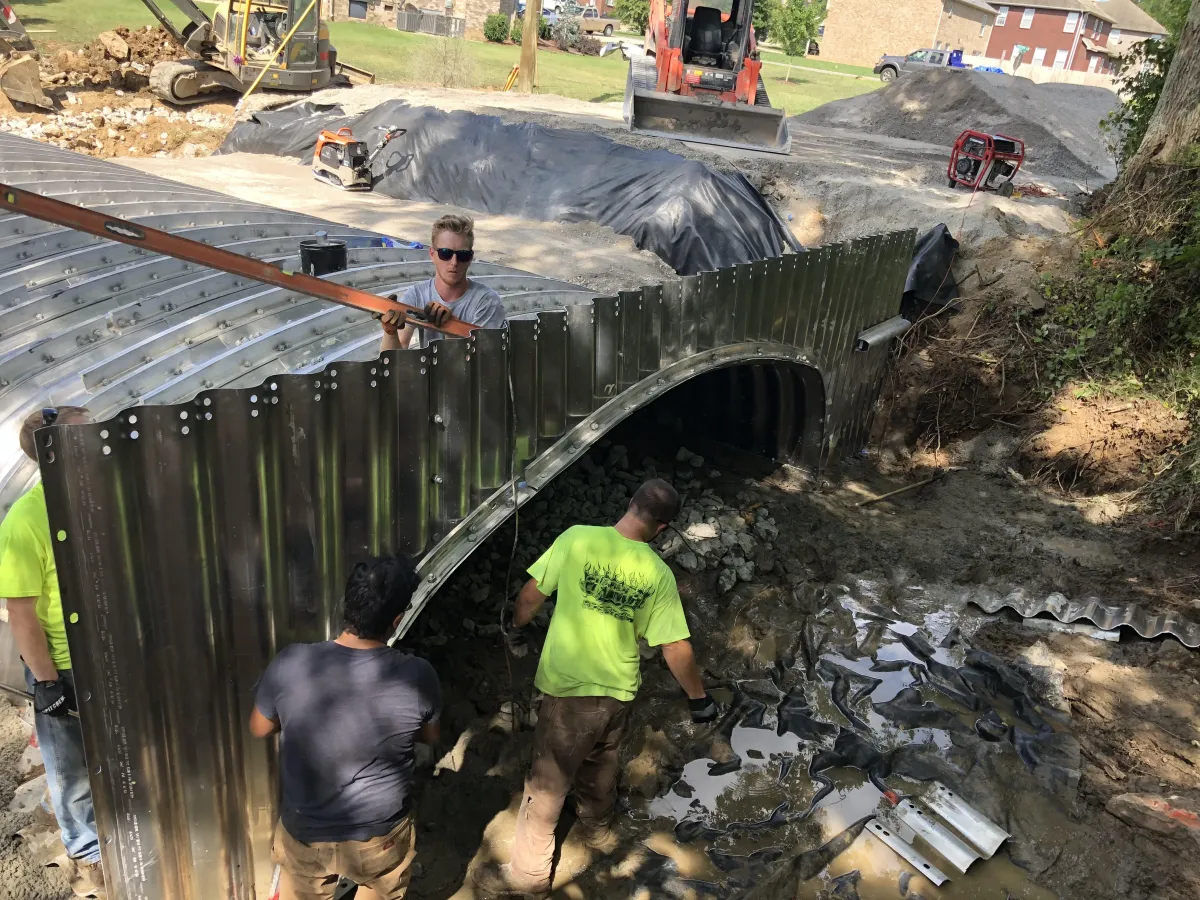
Why Choose Storm Water Management
Stormwater management is an important aspect of sustainable urban development, as it helps to reduce the risk of flooding and water pollution, protect water resources, and enhance the quality of life for residents. Effective stormwater management requires collaboration between multiple stakeholders, including government agencies, private developers, and community groups.
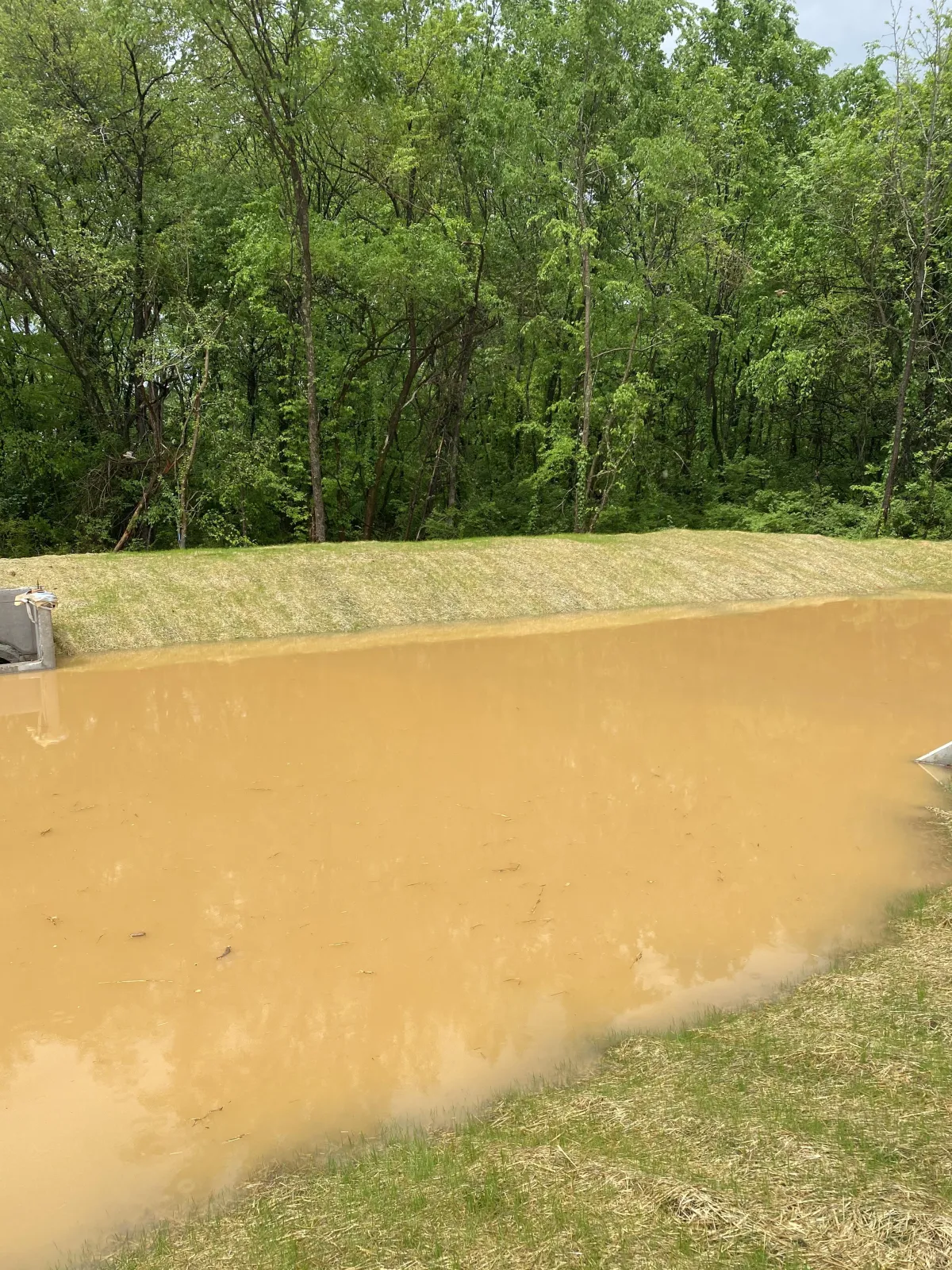
Examples of Storm Water Management
Detention Ponds: A detention pond is a structure designed to temporarily store and treat stormwater runoff. The water is held in the pond until it can be safely released back into the environment.
Rain Gardens: A rain garden is a landscaped area designed to capture and treat stormwater runoff. It typically includes plants and soils that are able to absorb and filter stormwater, reducing the risk of flooding and water pollution.
Green Roofs: A green roof is a roof that is covered with vegetation, such as grasses and plants, which helps to absorb and filter stormwater. Green roofs can help to reduce the risk of flooding, improve air quality, and provide additional benefits for urban environments.
Permeable Pavements: Permeable pavements are designed to allow stormwater to penetrate the surface, where it is stored and treated. This helps to reduce the risk of flooding and erosion, and can also help to recharge groundwater resources.
Swales: A swale is a shallow, vegetated channel designed to capture and treat stormwater runoff. Swales can help to reduce the risk of flooding, improve water quality, and provide additional benefits for urban environments.
Bioswales: A bioswale is a vegetated channel designed to treat stormwater runoff by removing pollutants and reducing the risk of flooding. Bioswales typically include a combination of plants, soils, and other materials that are able to absorb and filter stormwater.
These are just a few examples of stormwater management systems. The specific systems used will depend on the needs of a specific location, the goals of the stormwater management program, and other factors.
Services > Storm Water Management
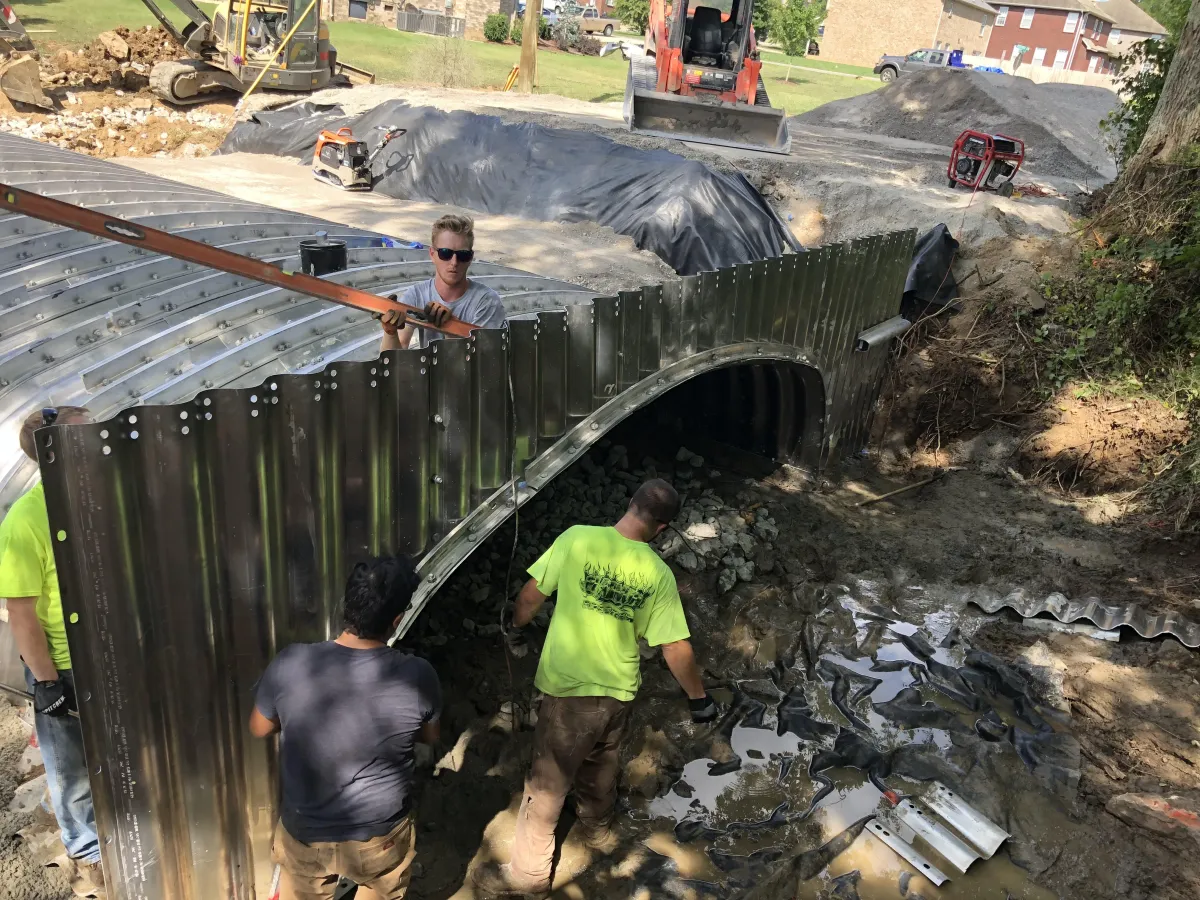
Storm Water Management
Stormwater management refers to the collection, treatment, and disposal of rainwater that falls on surfaces such as roads, roofs, and parking lots. The goal of stormwater management is to reduce the negative impacts of stormwater runoff, such as flooding, erosion, and pollution, and to protect water resources.
Stormwater management typically involves the use of physical structures, such as drainage systems and detention ponds, and non-structural measures, such as green roofs, permeable pavements, and rain gardens. The specific strategies used will depend on the needs of a specific location and the goals of the stormwater management program.
Why Choose Storm Water Management
Stormwater management is an important aspect of sustainable urban development, as it helps to reduce the risk of flooding and water pollution, protect water resources, and enhance the quality of life for residents. Effective stormwater management requires collaboration between multiple stakeholders, including government agencies, private developers, and community groups.
Examples of Storm Water Management
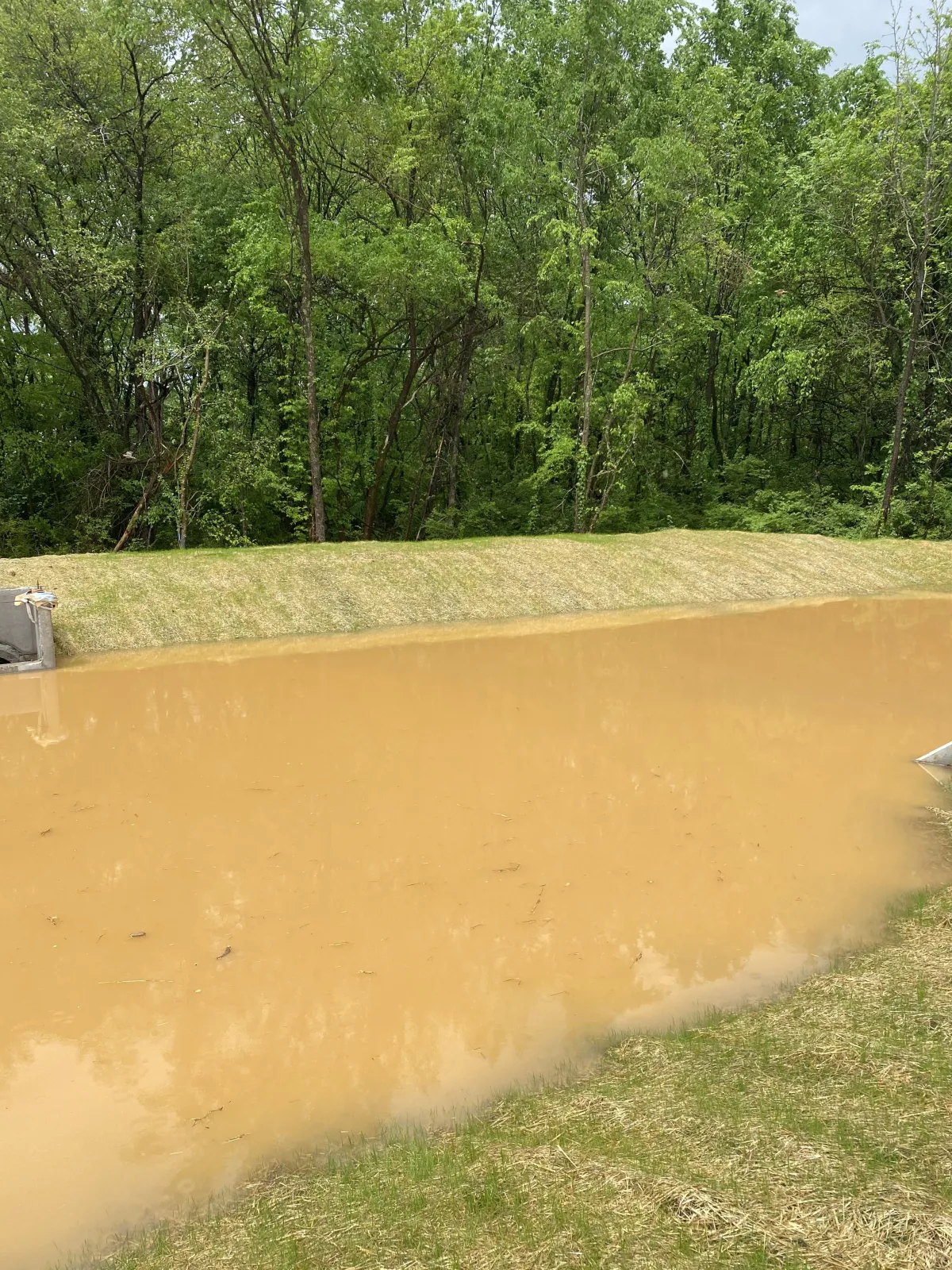
Detention Ponds:
A detention pond is a structure designed to temporarily store and treat stormwater runoff. The water is held in the pond until it can be safely released back into the environment.
Rain Gardens:
A rain garden is a landscaped area designed to capture and treat stormwater runoff. It typically includes plants and soils that are able to absorb and filter stormwater, reducing the risk of flooding and water pollution.
Green Roofs:
A green roof is a roof that is covered with vegetation, such as grasses and plants, which helps to absorb and filter stormwater. Green roofs can help to reduce the risk of flooding, improve air quality, and provide additional benefits for urban environments.
Permeable Pavements:
Permeable pavements are designed to allow stormwater to penetrate the surface, where it is stored and treated. This helps to reduce the risk of flooding and erosion and can also help to recharge groundwater resources.
Swales:
A swale is a shallow, vegetated channel designed to capture and treat stormwater runoff. Swales can help to reduce the risk of flooding, improve water quality, and provide additional benefits for urban environments.
Bioswales:
A bioswale is a vegetated channel designed to treat stormwater runoff by removing pollutants and reducing the risk of flooding. Bioswales typically include a combination of plants, soils, and other materials that are able to absorb and filter stormwater.
These are just a few examples of stormwater management systems. The specific systems used will depend on the needs of a specific location, the goals of the stormwater management program, and other factors.
Recent Storm Water Management
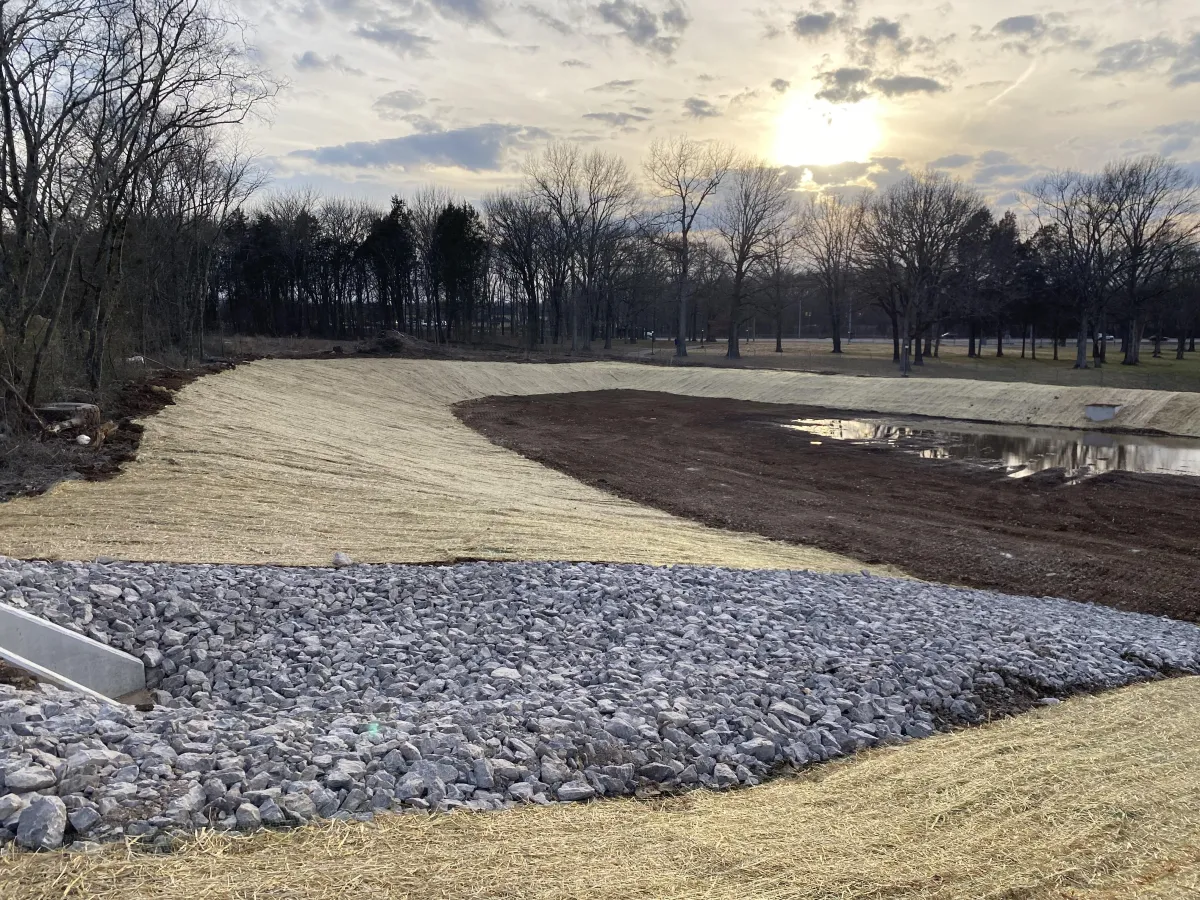

Recent Storm Water Management Projects
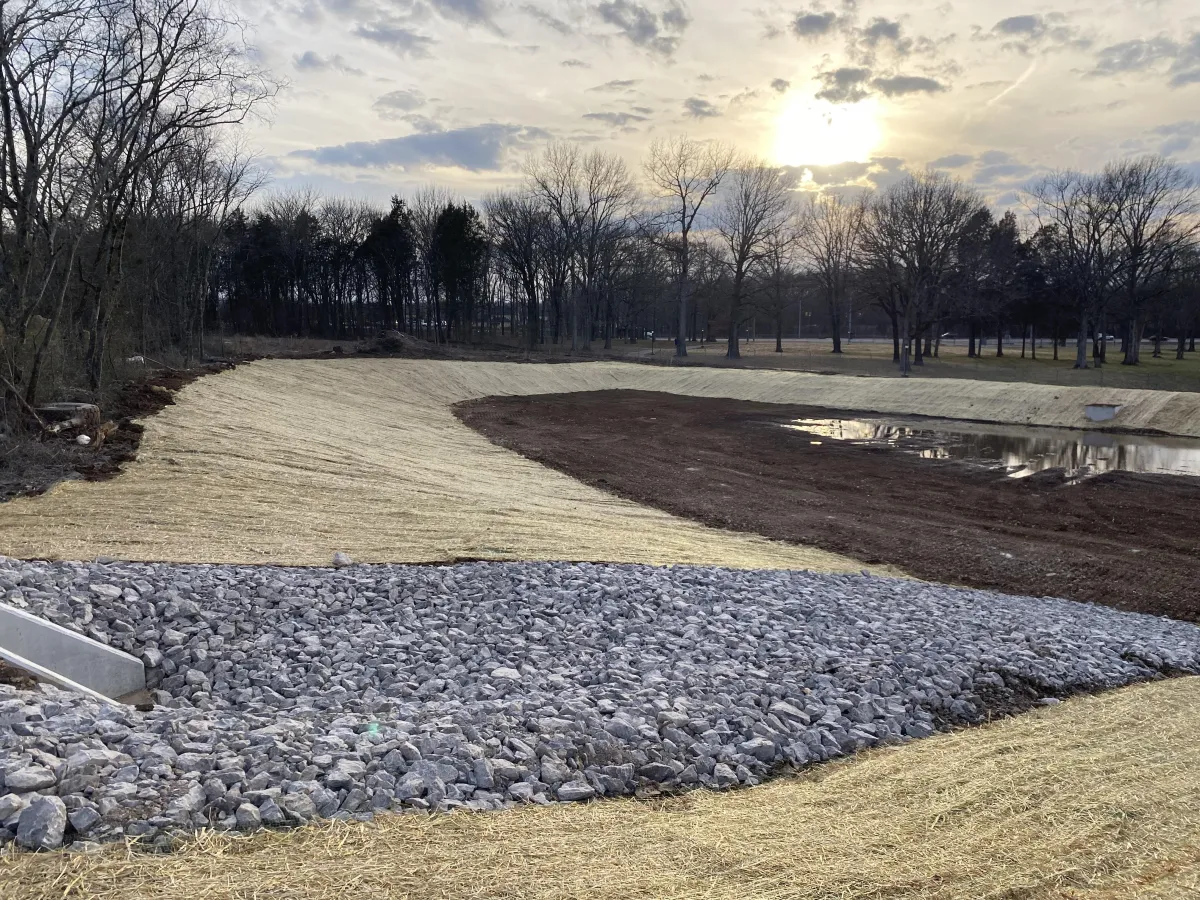
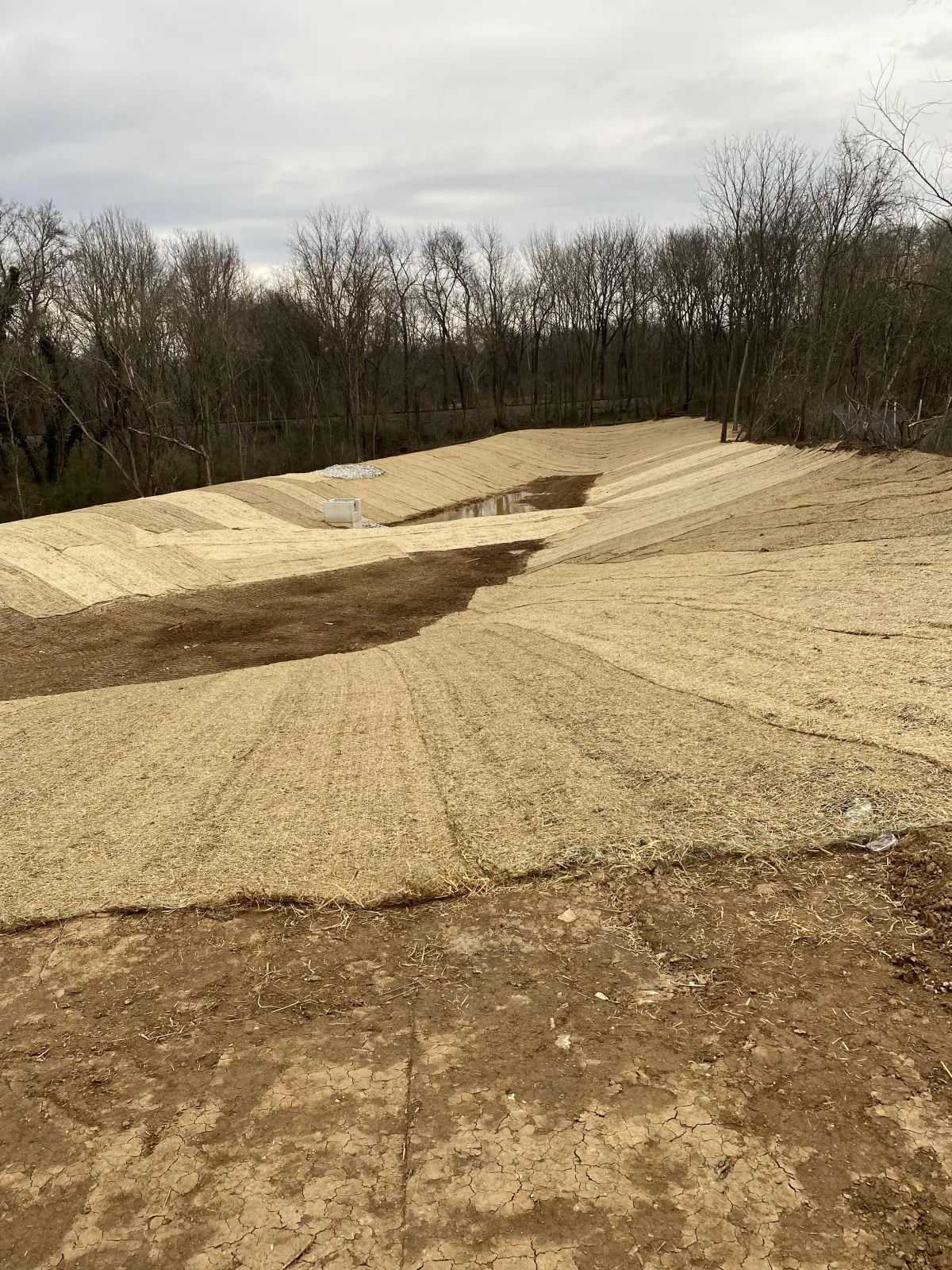
Our Process For
Storm Water Management
Step 1
Planning and Design: This stage involves assessing the stormwater runoff potential of a site and developing a stormwater management plan. This plan should include an assessment of the potential impacts of stormwater runoff, the design of stormwater management systems, and a timeline for construction and maintenance.


Step 2
Construction: This stage involves installing stormwater management systems according to the approved plans. This may include excavation, grading, and construction of physical structures such as detention ponds and bioswales.
Step 3
Maintenance: Stormwater management systems require ongoing maintenance to ensure their continued performance. This may include cleaning and maintaining physical structures, monitoring water quality, and ensuring compliance with regulations and standards.

Our Process For Storm Water Management
Step 1
Planning and Design: This stage involves assessing the stormwater runoff potential of a site and developing a stormwater management plan. This plan should include an assessment of the potential impacts of stormwater runoff, the design of stormwater management systems, and a timeline for construction and maintenance.
Step 2
Construction: This stage involves installing stormwater management systems according to the approved plans. This may include excavation, grading, and construction of physical structures such as detention ponds and bioswales.
STEP 3
Maintenance: Stormwater management systems require ongoing maintenance to ensure their continued performance. This may include cleaning and maintaining physical structures, monitoring water quality, and ensuring compliance with regulations and standards.
BISON CONSTRUCTION & EQUIPMENT LLC Services
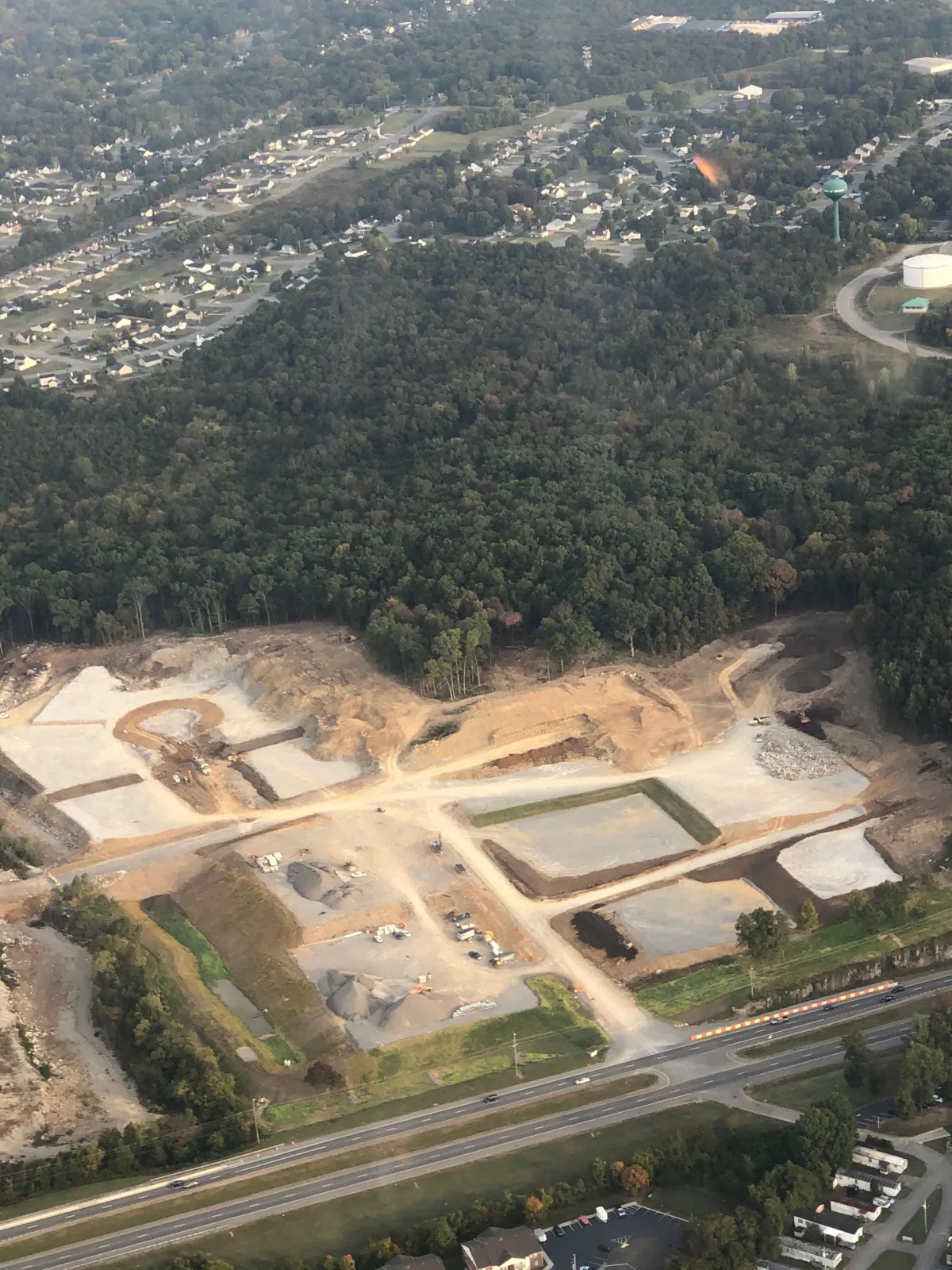
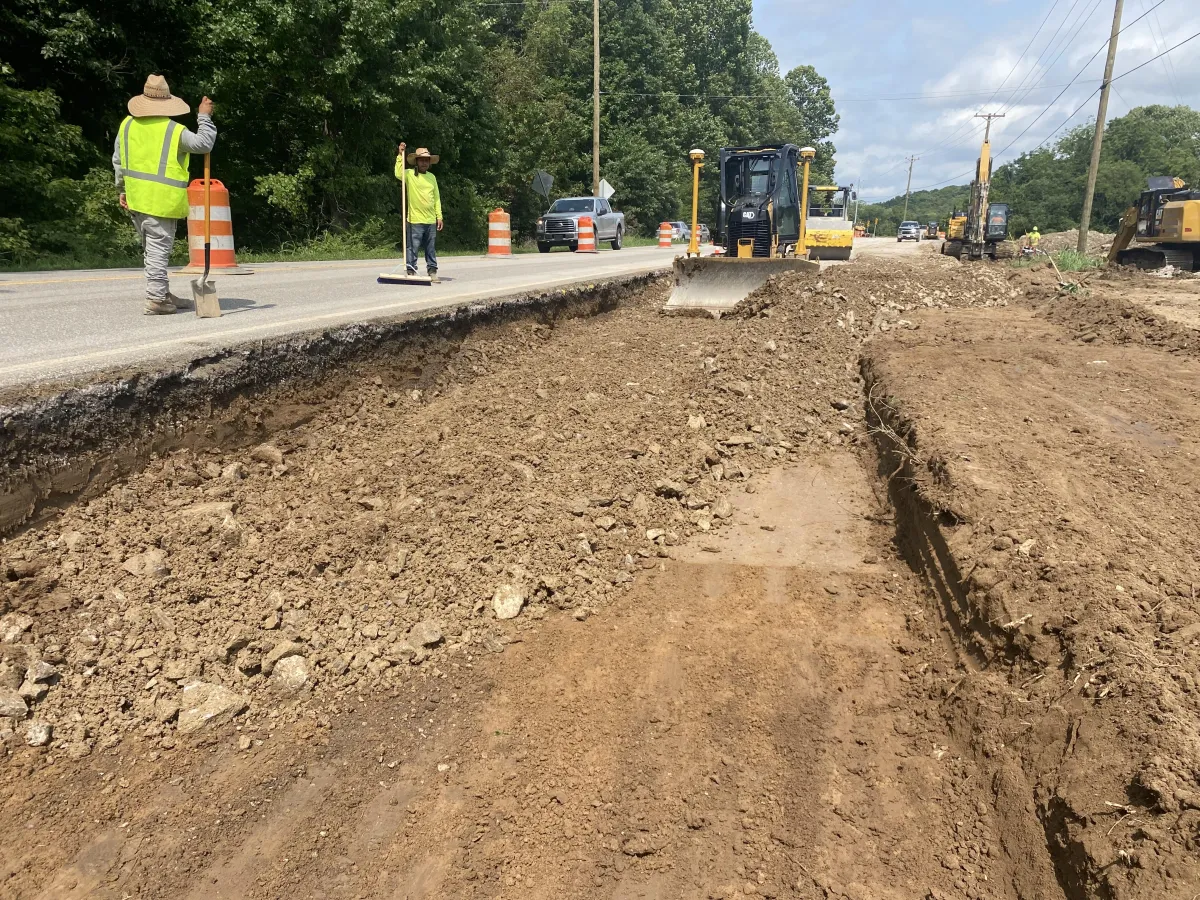

Things to Know About
Storm Water Management
Stormwater and Sewer Separation:
In many cities, stormwater and sewer systems are separate and do not mix. This helps to prevent sewage overflows and protect water resources.
Stormwater Runoff:
Stormwater runoff is water that flows from surfaces such as roads, roofs, and parking lots into drainage systems and waterways. This runoff can carry pollutants, such as oil and chemicals, which can harm the environment and public health.
Pollution Prevention:
Effective stormwater management helps to reduce the risk of water pollution by removing pollutants from stormwater runoff before it enters waterways. This may involve using physical structures, such as detention ponds, and non-structural measures, such as green roofs and permeable pavements.
Flood Control:
Stormwater management systems help to reduce the risk of flooding by capturing and temporarily storing stormwater runoff. This can help to reduce the risk of property damage and protect public safety.
Water Resource Protection:
Stormwater management helps to protect water resources by reducing the risk of water pollution, promoting groundwater recharge, and improving water quality.
Cost:
Stormwater management systems can be expensive to design, construct, and maintain. However, the benefits of effective stormwater management, including reduced risk of water pollution and flooding, can justify the cost.
It is important to have a comprehensive understanding of stormwater and sewer management to ensure that systems are designed and maintained effectively, and to reduce the risk of water pollution, flooding, and other negative impacts.
Things to Know About Storm Water Management
Stormwater and Sewer Separation:
In many cities, stormwater and sewer systems are separate and do not mix. This helps to prevent sewage overflows and protect water resources.
Stormwater Runoff:
Stormwater runoff is water that flows from surfaces such as roads, roofs, and parking lots into drainage systems and waterways. This runoff can carry pollutants, such as oil and chemicals, which can harm the environment and public health.
Pollution Prevention:
Effective stormwater management helps to reduce the risk of water pollution by removing pollutants from stormwater runoff before it enters waterways. This may involve using physical structures, such as detention ponds, and non-structural measures, such as green roofs and permeable pavements..
Flood Control:
Stormwater management systems help to reduce the risk of flooding by capturing and temporarily storing stormwater runoff. This can help to reduce the risk of property damage and protect public safety.
Water Resource Protection:
Stormwater management helps to protect water resources by reducing the risk of water pollution, promoting groundwater recharge, and improving water quality.
Cost:
Stormwater management systems can be expensive to design, construct, and maintain. However, the benefits of effective stormwater management, including reduced risk of water pollution and flooding, can justify the cost.
It is important to have a comprehensive understanding of stormwater and sewer management to ensure that systems are designed and maintained effectively, and to reduce the risk of water pollution, flooding, and other negative impacts.
615-553-8523
ksurprise56@aol.com








